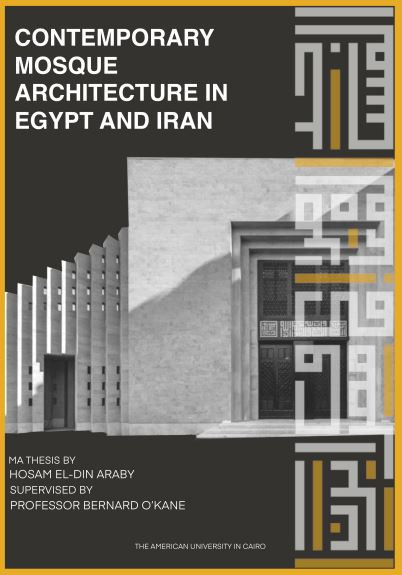
I would like to introduce my research with this quote from Ahmed Hamid’s book Hassan Fathy and Continuity in Islamic Art and Architecture: As a student of Architecture at Cairo University’s Faculty of Engineering, I was ashamed that we Egyptians and Muslims had nothing in our syllabi that could be considered comparable to the genius of the west. Islamic architecture was omitted from the curriculum as being of no interest value for modern architects. It bothered me when I found that Egyptians believed the image propagated by some orientalists that Islam, and by implication its art and architecture, was backward.1 What is Islamic architecture in the first place? Rabbat summed Grabar’s words by stating that “Islamic architecture is the architecture built by Muslims, for Muslims, or in an Islamic country, or in places where Muslims have an opportunity to express their cultural independence in architecture.”2 Therefore, no matter what the architecture looks like, no matter what statement it carries, it will still be Islamic as long as it satisfies these. This gives a wide spectrum of options in the design of Islamic architecture. Nevertheless, Islamic architecture is not a separate entity. It is a reflection and a vessel of Islamic culture in the place where it is situated. To trace the influences of Islamic culture on its architecture, it is important to emphasize two factors that regulate all aspects of life for Muslims, including the ways they construct or alter their environment.
Ali, Hosam, ‘Contemporary Mosque Architecture in Egypt and Iran (A Comparative Analysis)’ (Unpublished Master Thesis: The American University in Cairo, 2020).
I agree to the terms outlined below:
You agree to upload and assign Mosqpedia Database the rights to use the content worldwide and in perpetuity across all current and future media platforms. Mosqpedia Database may edit, copy, adapt and translate your contribution.
The content will be distributed under the Creative Commons Attribution-Deed – Attribution-NonCommercial-NoDerivatives 4.0 International – Creative Commons
All data will be stored in line with data protection regulations.